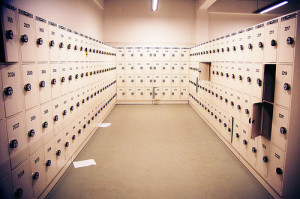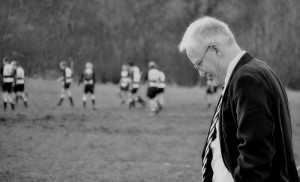One of the most important aspects of the sports program at any school is to help kids to love sports. If kids learn to dread sports class in school, it may turn them off to physical activity in their lives and this can have detrimental consequences for their health and wellbeing.
How can a sports teacher make sure to help her students to love sports? Certainly, getting them away from the school furniture and on to the soccer field is a beginning, but then you have to help students to want to stay there. Here are some ways.
Keep the competition down: While some students love to be competitive, others will find this competitive nature intimidating. It’s important to help children to enjoy physical activities without feeling like they are always competing.
Vary the activities: Some children are far more coordinated than others. If you always do activities that require balance or stamina, some children will feel frustrated and left behind. Try to keep activities to brief lengths of time (20 minutes perhaps) and if you do an activity that requires a lot of coordination, make sure the next activity doesn’t require this skill.
Don’t let students pick their teams: Everyone knows the story about the child who gets picked last for the school team. Do not let your students select their teammates based on friendships or ability. It is best for the coach to be the one who selects the teams and for the teams to be kept as balanced as possible.
These are a few suggestions that will help you to get your students to love physical activity and to enjoy this aspect of their day both in and out of the school yard.




